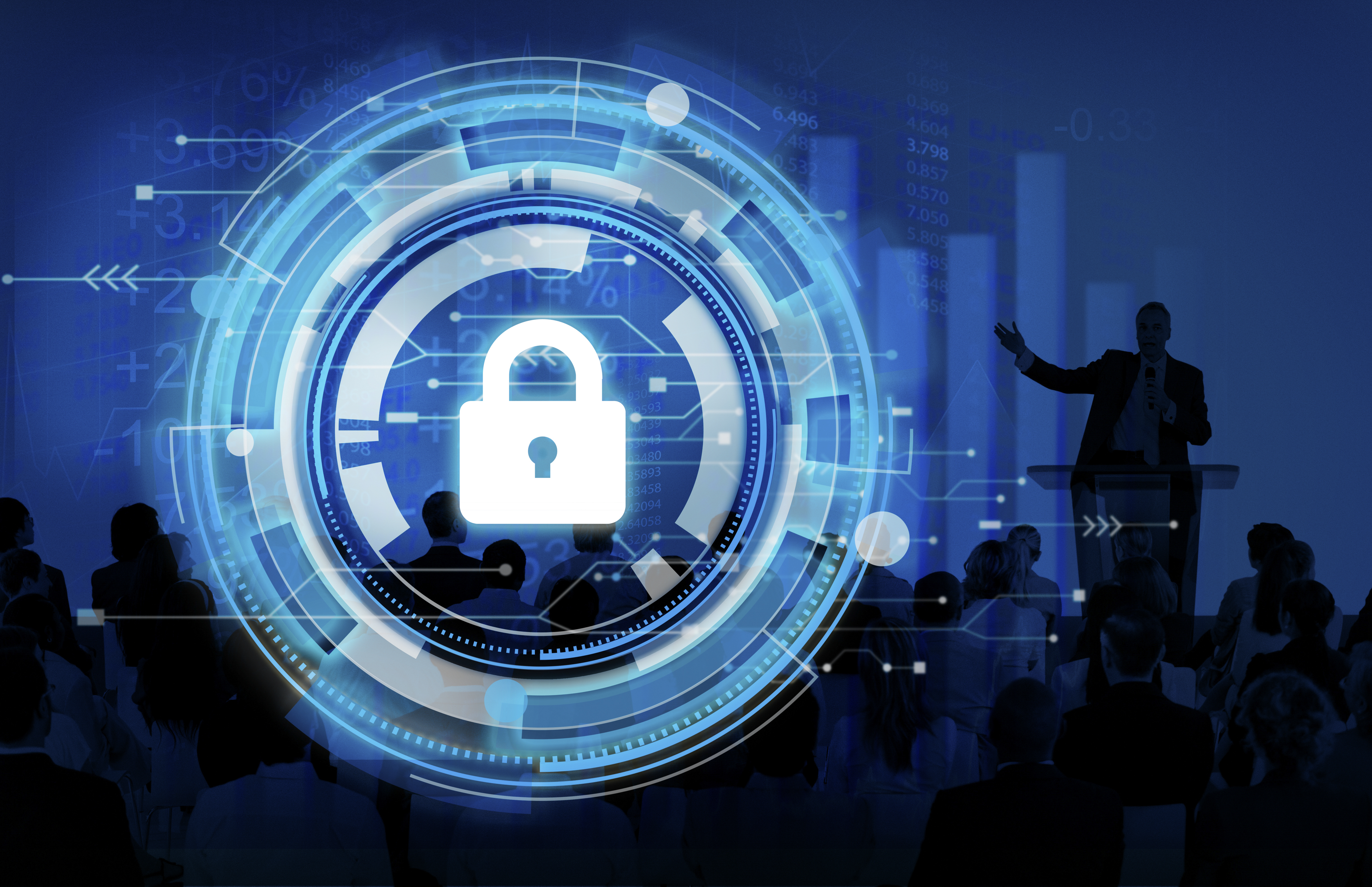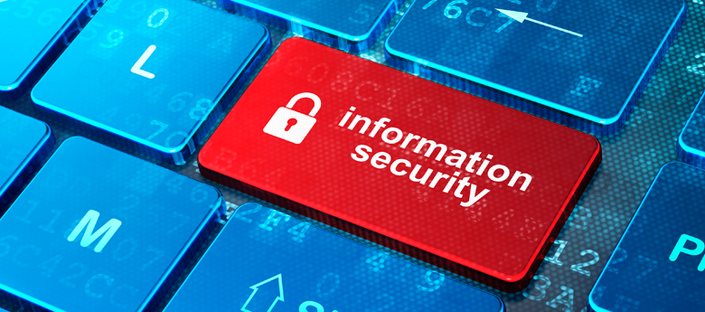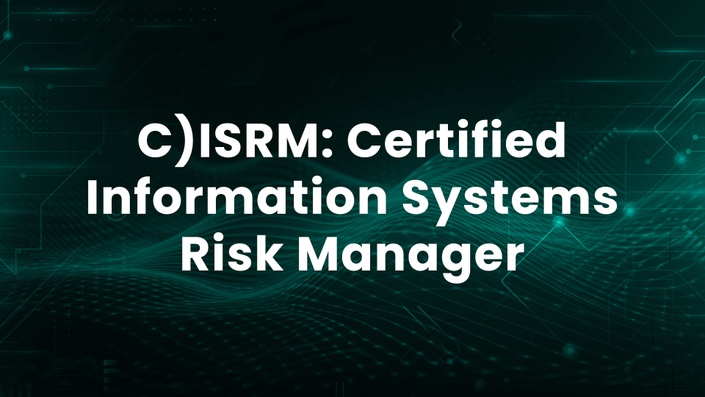What is Physical Security?
Physical security refers to the measures taken to protect buildings, assets, personnel, and information from physical threats such as theft, vandalism, natural disasters, and unauthorized access. It is a fundamental part of overall security management and ensures the safety of critical infrastructure.
Key Elements of Physical Security
- Access Control
- Restricting entry to authorized personnel only
- Using security badges, key cards, or biometric authentication
- Implementing visitor management systems
- Surveillance and Monitoring
- Installing CCTV cameras to monitor sensitive areas
- Using motion sensors and alarms for intruder detection
- Employing security personnel for live monitoring
- Perimeter Security
- Fencing, security gates, and barriers to prevent unauthorized access
- Controlled entry points with security checkpoints
- Adequate lighting to deter intruders
- Environmental Protection
- Fire suppression systems (sprinklers, extinguishers)
- Backup power sources to prevent outages
- Disaster recovery plans for emergencies
- Security Policies and Procedures
- Regular security training for employees
- Emergency response and evacuation plans
- Security audits to identify vulnerabilities
Why is Physical Security Important?
✔️ Prevents unauthorized access and theft
✔️ Protects employees, customers, and assets
✔️ Reduces risks of sabotage and vandalism
✔️ Ensures compliance with safety regulations
✔️ Enhances business continuity and resilience
Best Practices for Physical Security
✅ Implement multi-layered security controls (locks, cameras, guards)
✅ Conduct regular security risk assessments
✅ Educate employees on security awareness
✅ Keep emergency exits accessible and well-marked
✅ Maintain and update security equipment regularly
Example Curriculum
The curriculum block is dynamic. As you add curriculum to your course, you'll see it automatically populate here.
Featured Products
Showcase other available courses, bundles, and coaching products you’re selling with the Featured Products block to provide alternatives to visitors who may not be interested in this specific product.




